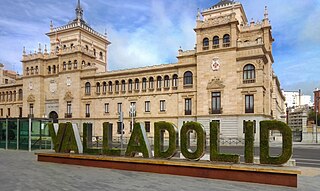
Valladolid is a municipality in Spain and the primary seat of government of the autonomous community of Castile and León. It is also the capital of the province of the same name. It has a population around 300,000 people.
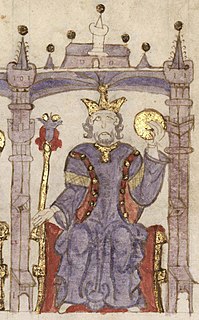
Alfonso IV, called the Monk, was King of León from 925 and King of Galicia from 929, until he abdicated in 931.

Charles IV was King of Spain and the Spanish Empire from 1788 to 1808.

Prince or Princess of Asturias is the main substantive title used by the heir apparent or heir presumptive to the throne of Spain. According to the Spanish Constitution of 1978:
Article 57 [...] 2. The heir apparent or presumptive, from birth or event that makes him such, will have the dignity of Prince of Asturias and other titles traditionally linked to the successor of the Crown of Spain.

Francis Borgia, 4th Duke of Gandía,, venerated as Saint Francis Borgia, was a Spanish Jesuit priest. The great-grandson of Pope Alexander VI, he was a grandee of Spain and served as the third superior general of the Society of Jesus. He was canonized on 20 June 1670 by Pope Clement X.

The blazon of the coat of arms of the Princess of Asturias is given by a Royal Decree 979 on 30 October 2015 which was an amendment of the Royal Decree 1511 dated Madrid 21 January 1977, which also created her guidon and her standard.

Maria Luisa of Parma was, by marriage to King Charles IV of Spain, Queen of Spain from 1788 to 1808 leading up to the Peninsular War. Her relationship with Manuel Godoy and influence over the King made her unpopular among the people and aristocrats. She was rivals with the Duchess of Alba and the Duchess of Osuna, attracting popular attention. The death of her daughter-in-law Princess Maria Antonia of Naples and Sicily, whom she disliked, was said to be the poisoning by the Queen.

Manuel García Prieto, 1st Marquis of Alhucemas was a Spanish politician who served as prime minister several times in his life and as the 30th Solicitor General of Spain. He was a member of the Liberal Party. During his last term, he was deposed by Miguel Primo de Rivera.

Princess Isabel Alfonsa of Bourbon-Two Sicilies, Infanta of Spain, was a member of the House of Bourbon-Two Sicilies and a princess of Bourbon-Two Sicilies by birth. Through her marriage to Count Jan Kanty Zamoyski, she was a member of the Zamoyski noble family and a Countess Zamoyska.

Ricardo Lancaster-Jones y Verea, MA BE KHS was a Mexican historian, diplomat, scholar, professor, art collector and sugarcane entrepreneur who made significant contributions toward the study of the haciendas of the State of Jalisco (Mexico) in the twentieth century. He spoke Spanish, English, French, Italian and Latin fluently. He authored and published numerous articles for newspapers and specialized magazines in Mexico, South America, Spain, United Kingdom and United States. His enthusiasm for history led him to become a professor of Regional History at the Faculty of Philosophy and Letters of Universidad Autónoma de Guadalajara in 1965. Later on, in 1973, he earned his MA degree in Latin American Studies at the University of New Mexico. He is especially mentioned by Mexican academics Mauricio Beuchot (2001) and José María Murià (2003) as an early historian of the haciendas in Western Mexico.

Gregorio de Silva y Mendoza was a Spanish noble from the House of Mendoza. He was the 5th Duke of Pastrana, 9th Duke of the Infantado, 7th Duke of Lerma, 6th Duke of Francavilla, 5th Duke of Estremera, and the Prince of Eboli and Melito.
Juan Vicente Aliaga is a Spanish art critic who has written widely on contemporary conceptual art as well as on gender and queer theory. In his pioneer 1997 book Identidad y diferencia: sobre la cultura gay en España, co-authored with José Miguel G. Cortés, he expressed criticism of the assimilationist strategies of mainstream LGBT+ associations in Spain, advocating instead for a politics of difference and the reappropriation of slurs like "marica" and "maricón", similarly to what happened with "queer" in English-speaking countries.
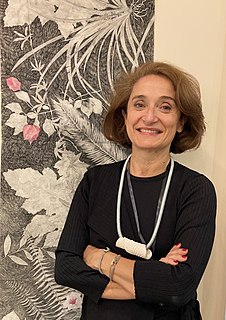
Marian Lopez Fernandez-Cao is a Spanish university professor, curator and researcher, specializing in art, feminism, art therapy and social inclusion. Since 1992 she has been a professor in the Universidad Complutense of Madrid, and is expert on the artist Sonia Delaunay.

Pedro Fernández de Híjar (1245/49-1299) was the first Baron of Híjar, and knight of Order of the Holy Sepulchre. He was the illegitimate son of King James I of Aragon, and Berenguela Fernández.
María Teresa López Beltrán was a Spanish historian and medievalist, a professor at the University of Málaga.

The Romay family is a Spanish aristocratic family that descends from 8th-century pre-Reconquista Galicia, in northern Spain. According to historians, the family descends from Román de Romae, Count of Monterroso and Santa María de Ortigueira, a natural grandson of King Alfonso I the Catholic.

Maria of Spain was a infanta of Spain, who died in infancy.
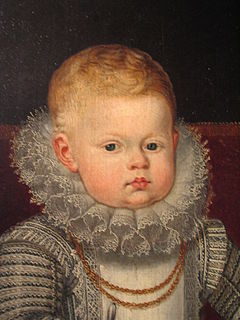
Alonso of Spain was an infante of Spain, who died in childhood.
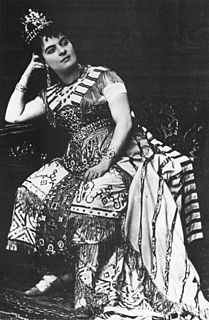
Elena Armanda Nicolasa Sanz y Martínez de Arizala (1844–1898) was a Spanish opera singer from the 19th century and the mistress of Alfonso XII of Spain.

Infante of Spain is a royal title normally granted at birth to sons and daughters of reigning and past Spanish monarchs, and to the sons and daughters of the heir to the Crown. Individuals holding the title of infante also enjoy the style of Royal Highness.


















